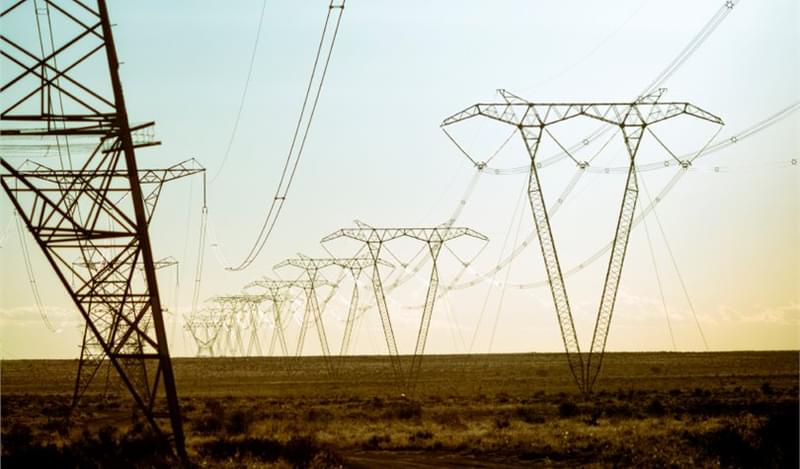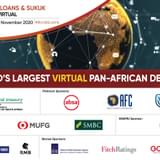Africa faces a large infrastructure deficit. The African Development Bank (AfDB) predicts that the continent needs US$50bn a year to reduce this deficit, which is particularly acute in the energy, transport, water and sanitation sectors.
World Bank estimates go further, predicting that US$93bn a year of investment into these sectors will be necessary to reduce the deficit from now until 2020.
Public private partnerships (PPPs) have become the standard funding model for large scale infrastructure projects over the last 10 years. However, according to Adrian Fielding, consultant at Africa Practice, PPPs are still a relatively rare occurrence in Africa due to the scale, cost and risk of many infrastructure projects.
“Nevertheless, PPPs on the continent continue to be adopted, driven by the fondness for them by national and international DFIs.”
PPPs in Africa are applied most frequently to the power telecoms sector, while the transport space does also see some PPP investment. There is very little PPP investment in sanitation, and water remains predominantly funded by the public sector.
South Africa has traditionally been the main beneficiary of PPP project funding, and the country is the most advanced on the continent in its use of PPPs.
“From small scale projects such as toll roads to more recent and larger scale renewable projects, the country has benefitted from its enabling legislation,” Fielding said.
Outside of South Africa, Kenya also utilises PPPs to a relatively large extent, particularly within energy and port infrastructure.
Whilst PPP financing is relatively prevalent in South Africa and Kenya, Central Africa rarely sees any PPP-related investment opportunities. In West Africa funding needs are also relatively acute, particularly in transport infrastructure in Nigeria, although there are also such needs in Malawi, Zambia and Zimbabwe.
“Transport could be the most potentially transformative sector that is in dire need of financing. There are also lower perceived risks in this sector than in power or water,” Fielding noted.
He added that reducing the perceived risks for investors was one of the key challenges to unlocking further private capital for infrastructure financing through PPPs. This is in addition to borrowers having to lower political and regulatory complexities.
“Targeted stakeholder engagement and consistent communications can help overcome these challenges.”
On the regulatory side, as many large scale infrastructure projects have lifetimes that eclipse several governments, the strengthening of regulatory institutions is absolutely necessary, according to Fielding.
He added, however, that although PPPs are very useful in attracting the necessary investment required for a project, they are no panacea for infrastructure development.
“This can inadvertently marginalise promising new alternative approaches and models for development.”









